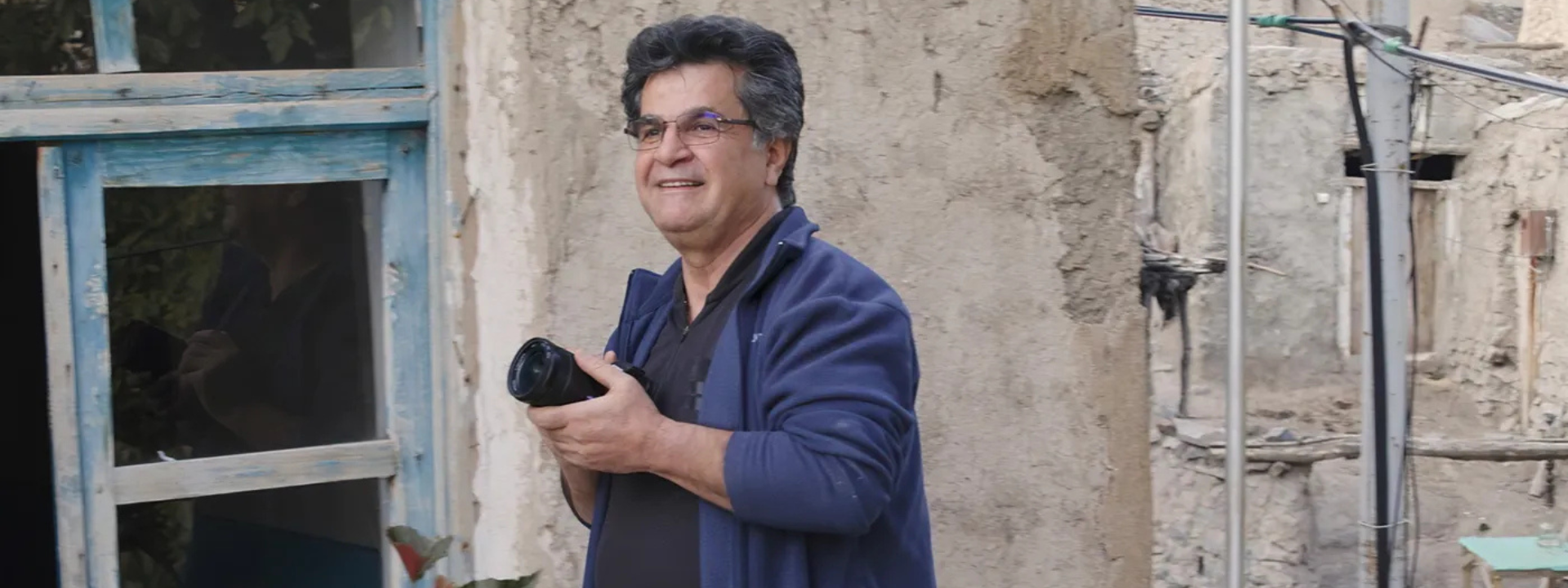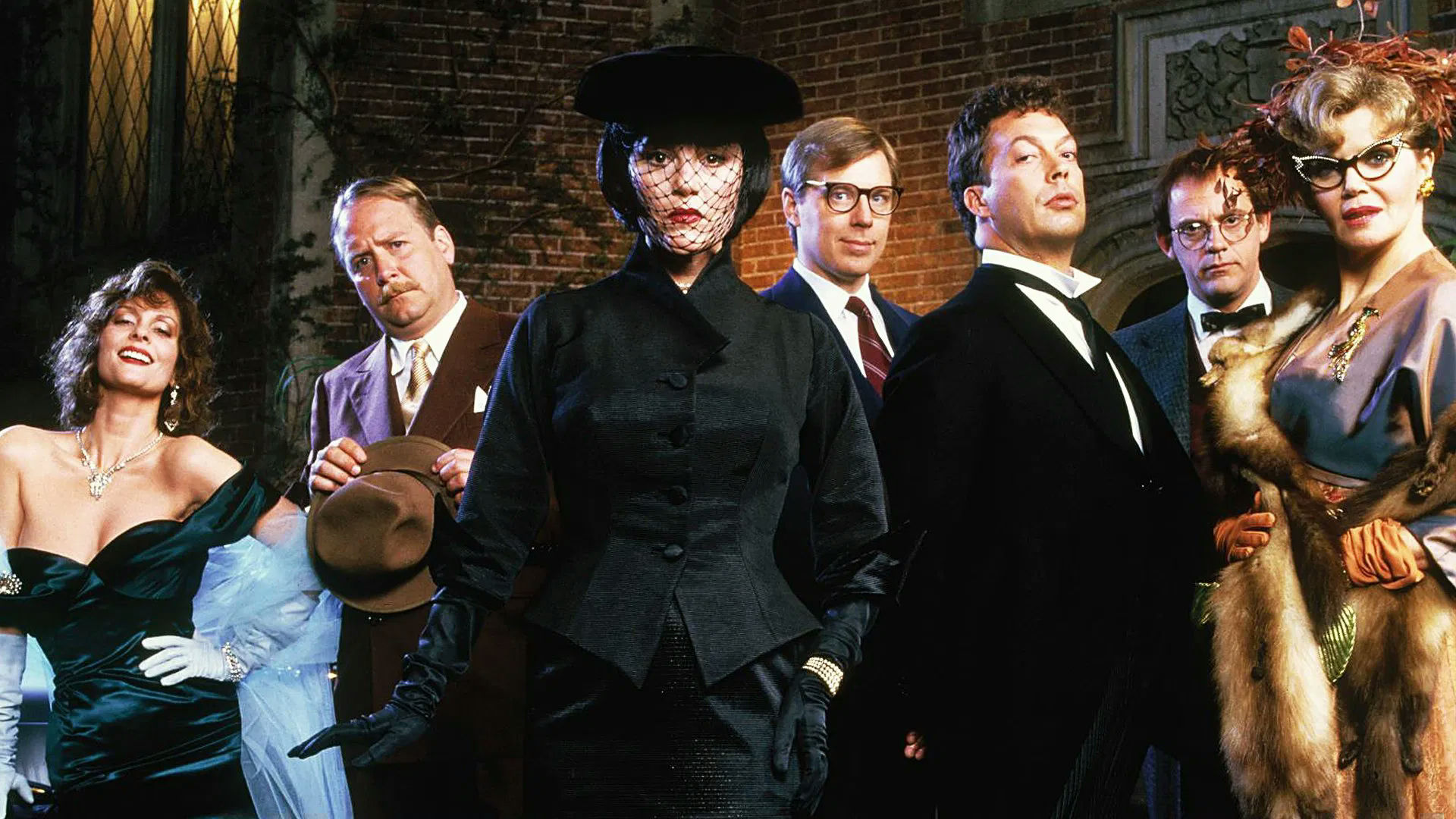Q&A With Joanna Arnow On The Feeling That The Time For Doing Something Has Passed
.jpg)
Filmmaker Joanna Arnow’s hilarious comedy, which world-premiered in Cannes’ Directors’ Fortnight and is executive produced by Sean Baker, follows a 30-something New York woman (Arnow) as time passes in her long-term casual BDSM relationship, low-level corporate job, and quarrelsome Jewish family.
What was the starting point for THE FEELING THAT THE TIME FOR DOING SOMETHING HAS PASSED? How is this film informed by your previous films, I HATE MYSELF:), BAD AT DANCING and LAYING OUT? What were some of the subjects and themes you wanted to explore?
My previous project that I had gotten off the ground had been delayed, and I wanted to write something new. I’ve always been interested in writing concise humor that does the most with the least, so I decided to write very short scenes that drew on personal experience and wrote as many as I could. I drew on experiences that were currently happening, especially listening to everyday conversation, and also things that happened in the past few years. I like finding the humor in the way people actually talk and it was a joy to write this and find the art and comedy in everything. I also had been reading a collection of Carmen Maria Machado short stories which blew me away, and made me excited about experimenting with a different type of vignette-based form. I began making personal films starting with “i hate myself :)”, because I hoped that telling stories with vulnerability and specificity would make them relatable and funny for audiences. In these films, I’ve explored the humor of subjects such as loneliness, sexuality and the challenges of navigating relationships. I particularly like exploring the darker humor that shows the ridiculousness of the ways we all struggle with ourselves.
Did you write the film knowing that you would play Ann? Can you talk about developing the character – the ways in which Ann might reflect your sensibility and experiences, but also how she evolved into a distinct and separate being?
I did know I wanted to play Ann as I wrote this, partly because I’d cast myself in my short films and felt it had worked well. Even though the character is different from me and it’s not autobiographical, the film draws on personal experience and I consider it autofiction, so the casting seemed like the best fit in light of that. The personal experience I draw on always changes in story form, especially since some elements are minimized, and some amplified in the process of creating a narrative (even one that’s minimalist and experimental).
.jpg)
Ann’s sexuality, and specifically her BDSM desires, are at the heart of this film. What was important to you in writing and acting in a film showing BDSM? Were there stereotypes or reflexive assumptions that you wanted to counter?
A lot of people see a film like this and automatically want to assume a woman participating in BDSM somehow doesn’t have agency or they pathologize what they are seeing - which I think is outrageous. It was important to me to show Ann’s character as an active participant in the planning of the BDSM sessions to counter those kinds of misconceptions and fallacies. In my experience people into BDSM have to be triply communicative and respectful, and I wanted the film to convey that. In many films, BDSM just happens without conversation, which is unrealistic and unsafe. I think it can take an incredible amount of agency and power to be submissive, and I hope the film contributes to the onscreen representation of the submissive experience. I don’t see this as a “subversive or edgy” film in terms of its portrayal of sexuality at all - sexuality is a big part of the world and human experience and BDSM/BDSM type dynamics are fairly common. The sexuality portrayed here is essential to the story and humor of the piece and filmed in a long shot/long take style that emphasizes the absurd humor and comedy of physicality. I was also interested in exploring the in-between space in some of these relationships that straddle the casual and the intimate.
Ann is someone who’s consciously chosen to be a submissive sexual partner; you give her agency but at the same time you don’t shy away from the humor that’s sort of inherent in some of these scenarios … for example, the way Ann has to scoot herself down the bed when Allen orders her to race to the wall is very funny. Can you talk about balancing a non-judgmental depiction of BDSM with humor?
Thank you. I think sex and sexuality are often funny, especially when you look at it from a distance. That’s partly why I like a long shot, long take style for some of these scenes that emphasize contextual absurdity. Bodies and the idiosyncratic way they move often says so much, and vulnerability, people trying new experiences are all areas I liked to explore with a comic lens.
.jpg)
The film is divided into chapters that are named for the different men Ann sleeps with or considers dating. And there’s an episodic feel to the story, like we’re dipping into different moments and places in Ann’s life over a period of time. Can you talk about anything that might have influenced you in structuring the film and why it worked for the story you wanted to tell.
I was interested in using short scenes and structuring the film elliptically to give an impressionistic sense of the protagonist’s experience. Time can feel like it moves slower or more quickly depending on what’s going on in one's life, and I wanted the film to reflect that variation of experience, giving each section its own topography and set of formal rules. Some sections are more highly elliptical and months go by between a few scenes, while others take quite a long time to cover just a few minutes. Some sections contain many different scenes and are high energy, while others land in one place for a long time in a kind of plateau. The film’s narrative was intended to subvert conventional story structure in favor of a character progression in which the protagonist changes more slowly, and the changes that do happen are smaller and more jagged in nature. The different chapters are meant to give the audience a place to take a breath and experience differentiation in the five parts. The chapters are about more than the men they are named after, but since the film focuses on relationships it seemed appropriate – the film isn’t constructed in a neat way, so I liked that the chapter titles don’t perfectly match their subject matter either. Also, “Spring, Summer, Fall, Winter… and Spring” was already taken…
What was important to you in developing the male characters (excluding Ann’s father) that we see in the film? Of Ann’s BDSM partners, we spend the most time with Allen, but we also get a fair idea of who Thomas and Elliot are.
I was hoping to show different sides of BDSM with Thomas and Elliot, both in the nature of their sexuality and personalities and develop them in contrast to Allen. I wanted Ann’s arc to be fairly understated and leave room for interpretation, and hope the scenes with Thomas and Elliot give some access to the way she’s exploring questions about relationships and sexuality. We filmed in quite a large number of locations around New York City, and it was important to me that both the music studio and high rise apartment where we shot these scenes reflected a lot about these characters and their respective environments.

We also are brought into Ann’s family life and her corporate workplace, so we have a fairly complete picture of her life.Can you talk about the dynamics at play in Ann’s family and at her office?
By including work, family and friends in the story as well as relationships and sexuality, I hoped the film would take a complex look at the mosaic of experience that informs who we become. Even though people can be consistent in some ways, we’re also so many different people all the time - and this often changes based on who we’re sitting opposite. Traditional narrative structure has to flatten people into something more consistent so that the protagonist’s journey makes causal sense, but I was interested in exploring something more multi-dimensional that I hoped would resonate with the ways people question themselves and their relationships. In the fabric of the film, there is a sense of wrestling with power dynamics, relationships and communication that occurs in all the threads from the workplace to the family - sometimes the throughlines underline similarities, sometimes they contrast.
Did you write the roles of Ann’s parents knowing that your own parents would play them? And how was it acting with them and directing them?
I did not know that they would be playing the role of the parents. However, I did a test shoot to explore the framing and pacing of the film early in the process, and they were so great in that, I thought they would be right for the role. I rehearsed with them, along with one of my acting coaches, Hye Yun Park, who is a close friend. The characters my parents play are of course fictional, but in some ways they’ve also been rehearsing to say these lines for quite some time and so we tried to work with that. Directing my parents had its challenges, but it was also exciting - I don’t think they know how good they are as actors (in some ways I hope it stays that way, so I can book them again next time without having to go through their agents). I wanted to cast some non-professional actors like my parents and friends to help give the story authenticity.

Scott Cohen and Babak Tafti play key roles as Allen and Chris. Tell me about working with them and how they fleshed out the characters you wrote.
I was so lucky to work with both Scott and Babak on this - they both knew about the autofictional element of the piece, and we talked a lot about the characters. We had a good amount of rehearsals which were incredibly helpful for me as an actor/director, to get more of a chance to prepare. I was able to film the rehearsals and think about the scenes ahead of time too. They were both so generous as actors and people, I was moved by their commitment to the work and the way they brought these characters to life. I loved the complexity they brought to the Allen and Chris roles, along with their brilliant comedic acting.
Alysia Reiner plays Ann’s sister and the two of you have a nice, spiky rapport. How did she come to be part of this project, and what did she bring to the part?
She’s struck me for a long time as an actor with an exciting and interesting presence. I was hoping to cast someone who provided a stark contrast to the Ann character, and was so thrilled when she agreed. Alysia has been incredibly supportive and a champion for this film, and brought a lot of dimension and humor to the sister character.
Lastly, how did you come to choose the title of this film?
It was inspired by a scene based on one in the film close to the end. I hope it’s a sentiment that’s relatable for others. It felt right for a film that hopes to convey the subjective experience of the way time passes. I hope there is some humor in its angstiness and length too, the producing team and I are certainly tired of typing it out…
Get Tickets Now




%402x.svg)